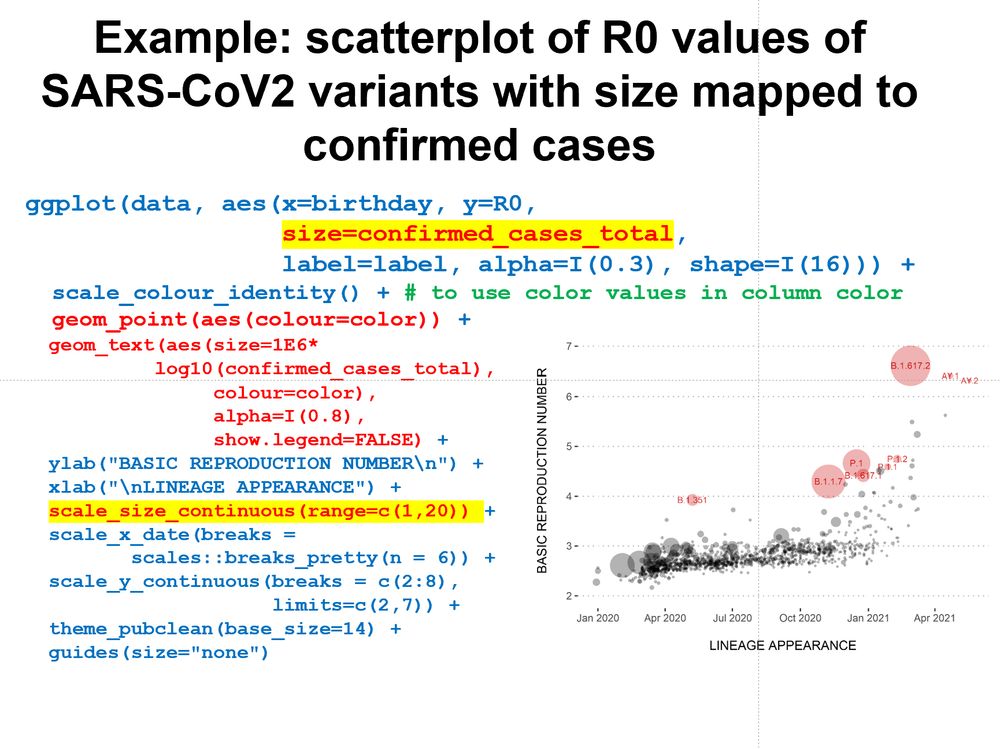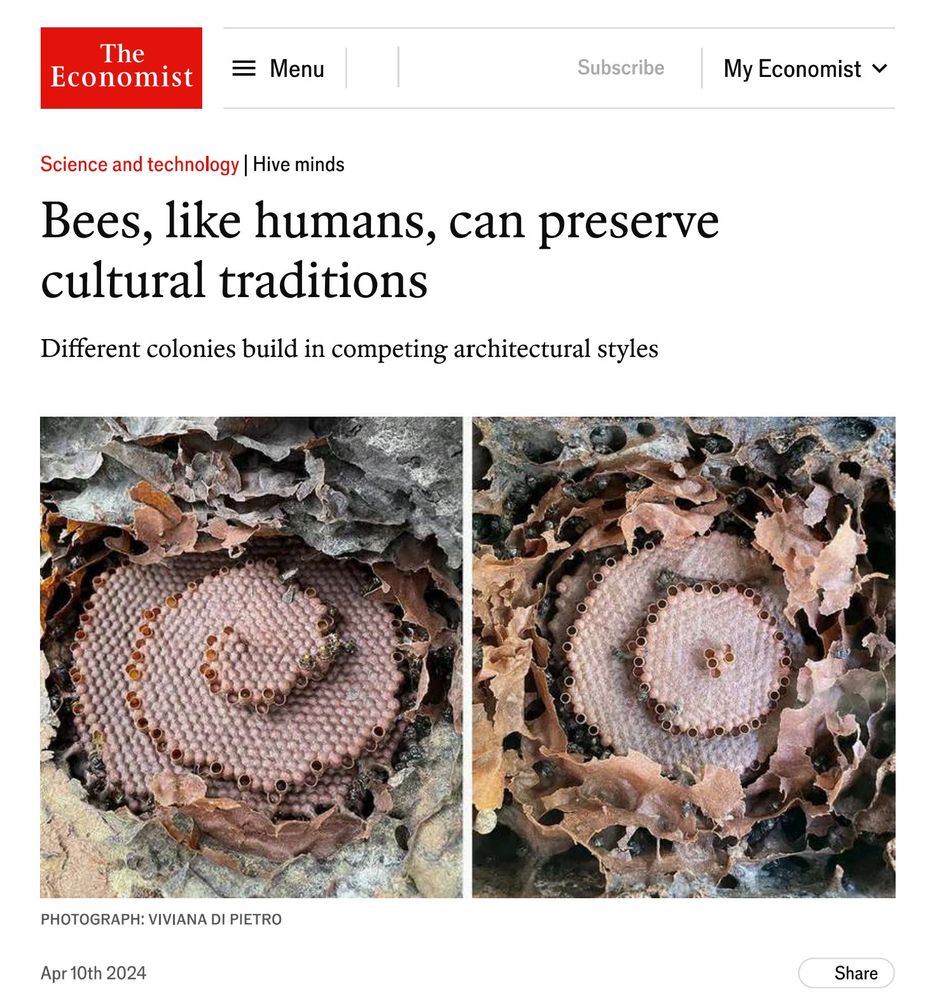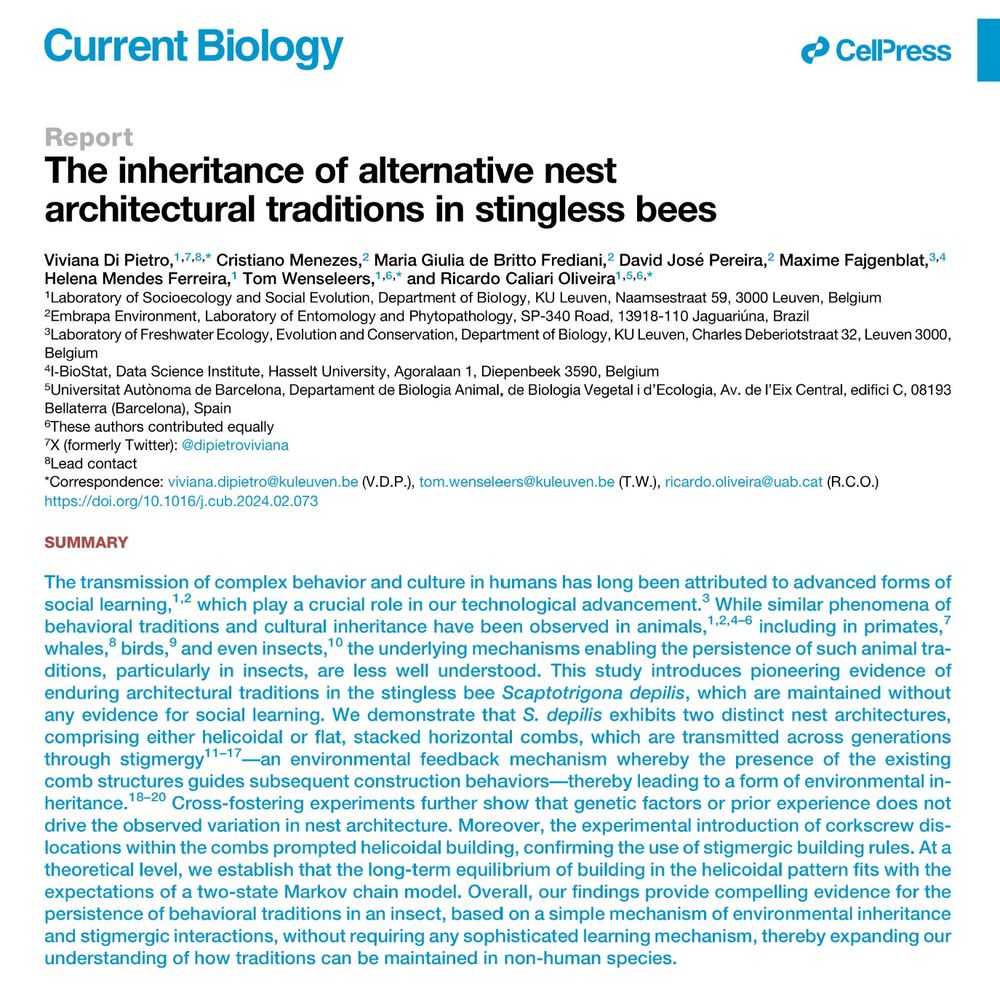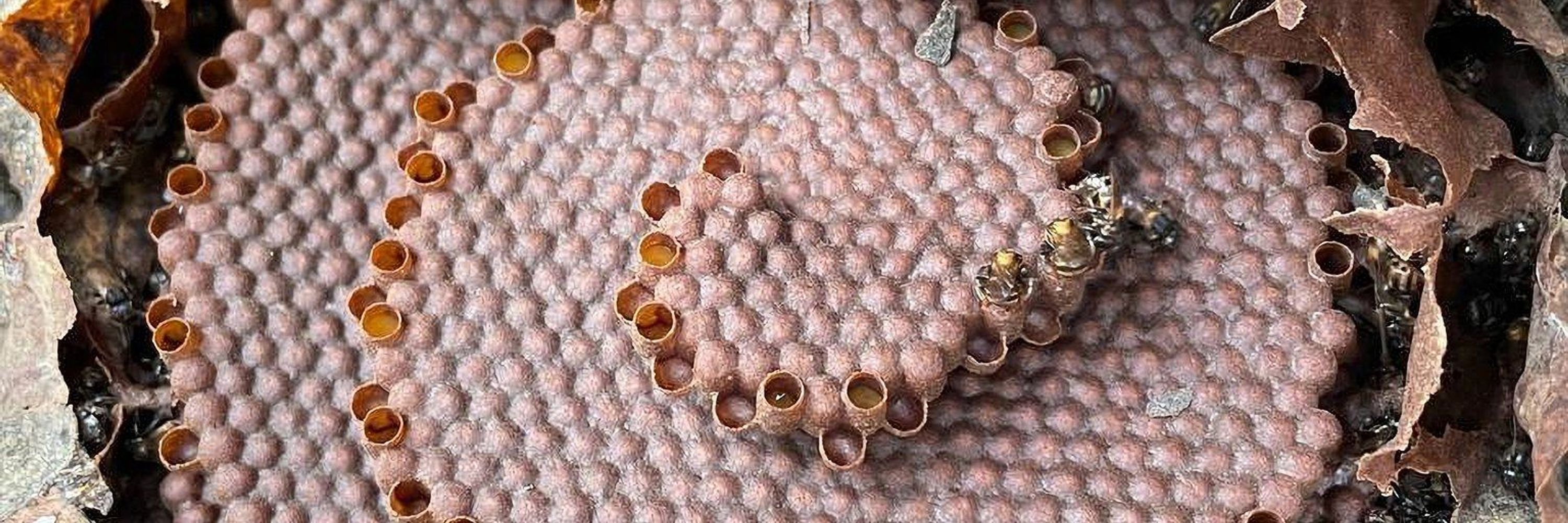

🐜 "Miniature queens" in ants & bees that sneak past worker policing.
🪵 Succession wars in lower termites when the royal pair dies.
🧬 The "parliament of the genes" resolving intragenomic conflicts over caste determination.

🐜 "Miniature queens" in ants & bees that sneak past worker policing.
🪵 Succession wars in lower termites when the royal pair dies.
🧬 The "parliament of the genes" resolving intragenomic conflicts over caste determination.
The colony’s solution? Mass execution: workers slaughter the excess queens upon emergence. It is a true tragedy of the commons indeed: individual selfishness resulting in a cost to all! 💀🐝

The colony’s solution? Mass execution: workers slaughter the excess queens upon emergence. It is a true tragedy of the commons indeed: individual selfishness resulting in a cost to all! 💀🐝
In honeybees, workers control who gets more and better food (royal jelly). Hence, they decide who becomes queen. But in Melipona stingless bees, larvae feed themselves in identical, sealed cells. The result? A battle over who gets to become the new queen!

In honeybees, workers control who gets more and better food (royal jelly). Hence, they decide who becomes queen. But in Melipona stingless bees, larvae feed themselves in identical, sealed cells. The result? A battle over who gets to become the new queen!
Theory predicts that individual larvae should often selfishly bias their development to become reproductives, even if it hurts the colony. A classic example of a tragedy of the commons. But do they?

Theory predicts that individual larvae should often selfishly bias their development to become reproductives, even if it hurts the colony. A classic example of a tragedy of the commons. But do they?
Insect societies are famous for cooperation, but beneath the surface lies a brutal conflict over who gets to wear the crown!
Our new review in Biological Reviews explores the evolutionary battleground caused by such caste fate conflict. 🧵

Insect societies are famous for cooperation, but beneath the surface lies a brutal conflict over who gets to wear the crown!
Our new review in Biological Reviews explores the evolutionary battleground caused by such caste fate conflict. 🧵








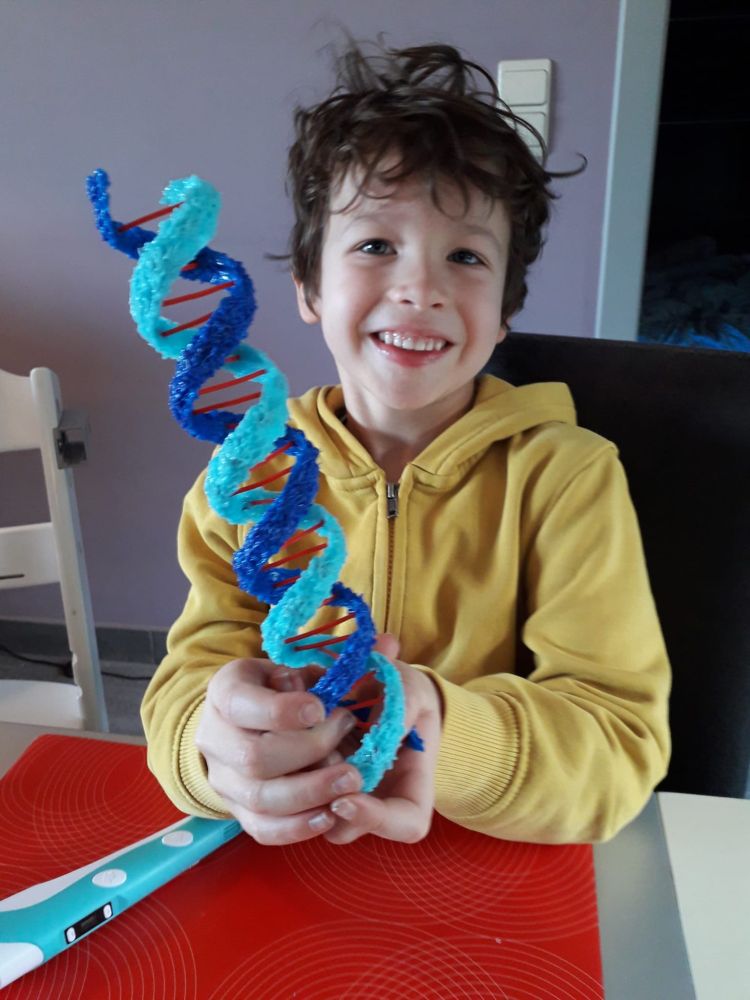
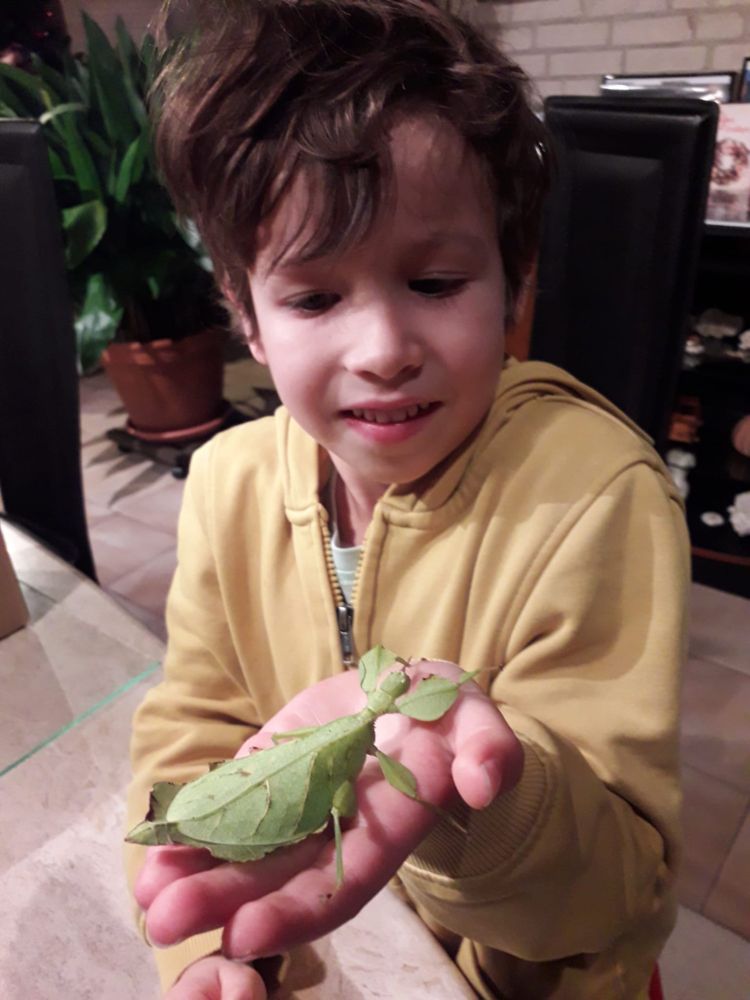
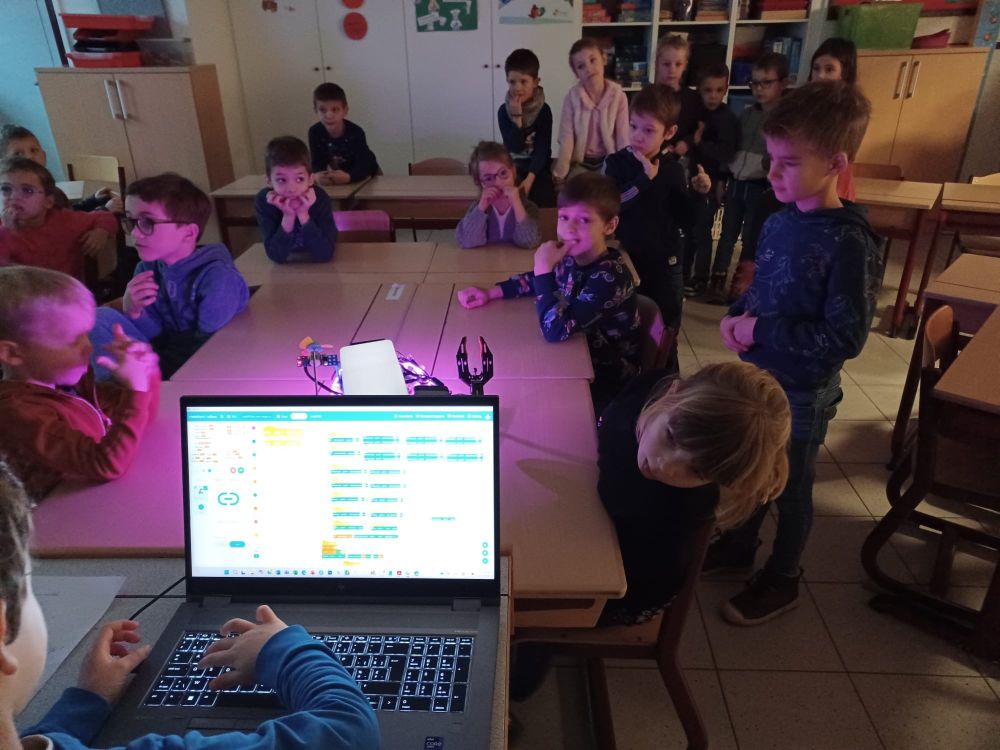
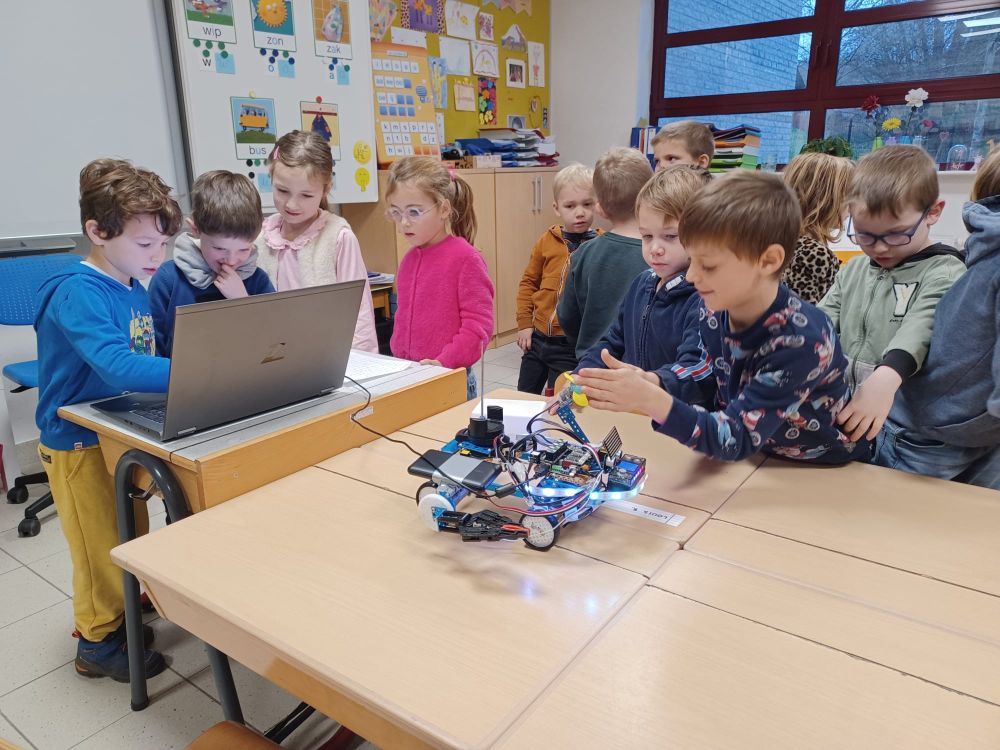
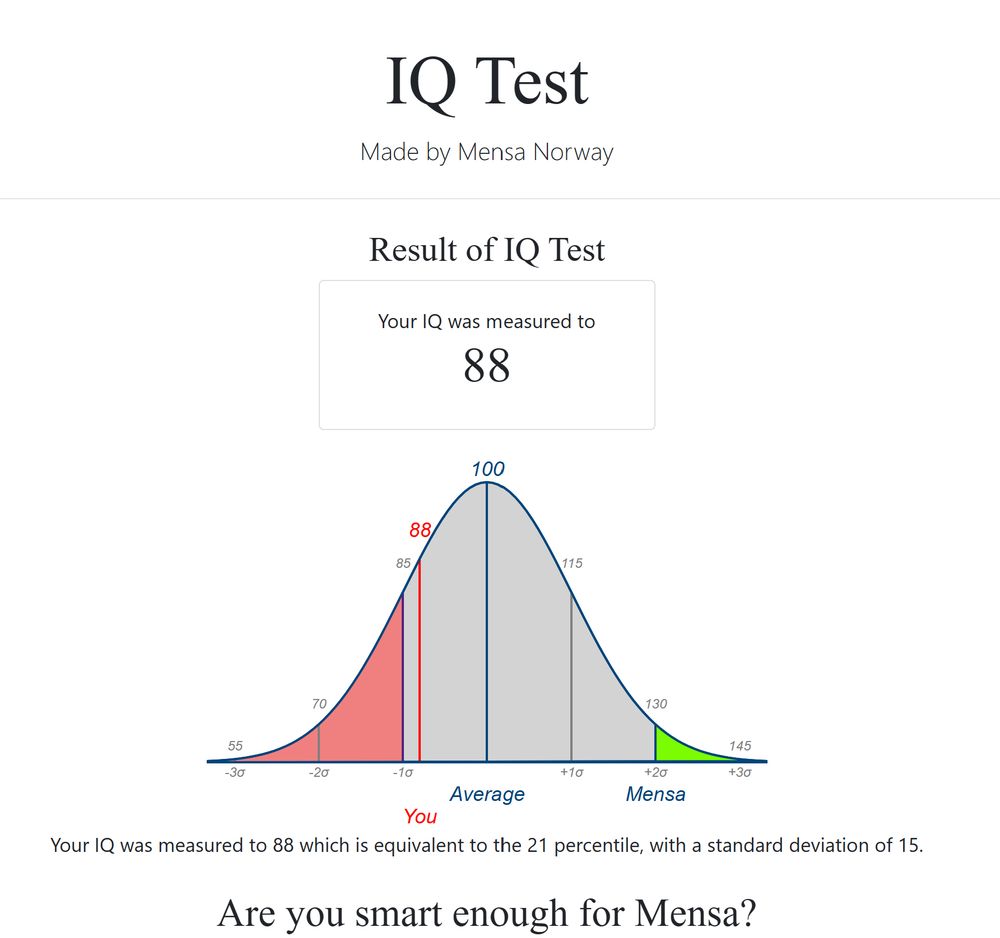
Enjoy!



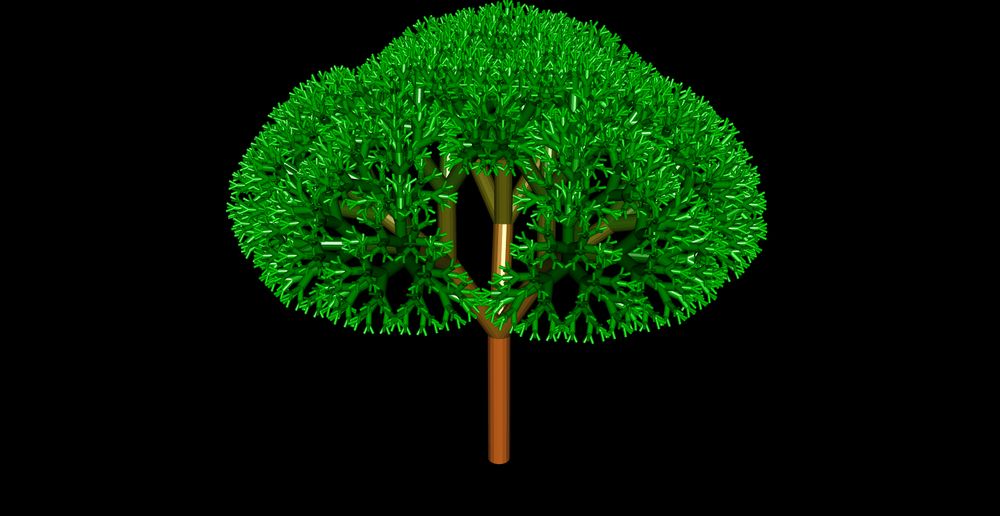
Enjoy!
